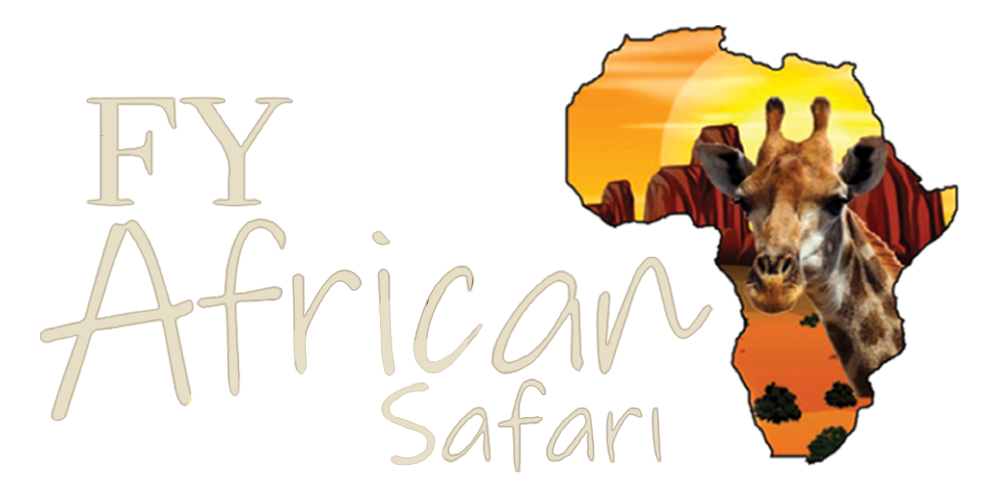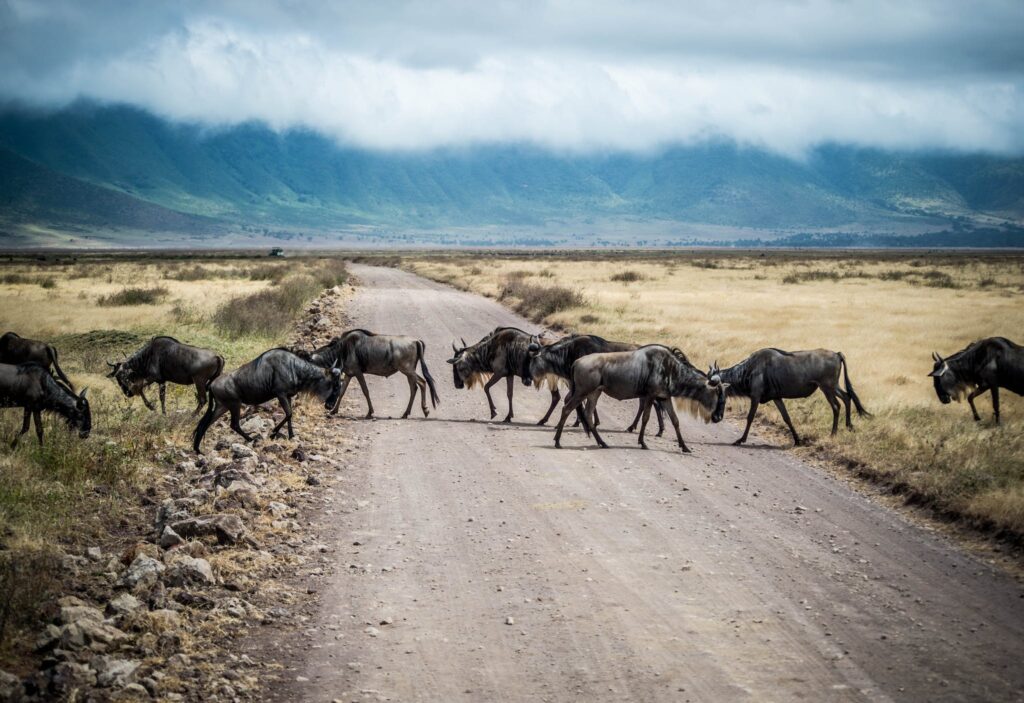Tanzania: Unveiling the Best Time for Your Dream African Adventure
Tanzania, the land of endless savannas, majestic mountains, and shimmering turquoise waters, beckons travelers with its raw beauty and unforgettable wildlife encounters. But with diverse landscapes and distinct seasons, choosing the ideal time for your Tanzanian adventure can be a bit of a puzzle. Fear not, intrepid explorer, for this guide will piece together the perfect Tanzanian experience based on your desires!

For the Safari Seeker:
- Peak Season (June – October): Witness the epic Great Wildebeest Migration, with over two million animals thundering across the Serengeti in search of greener pastures. Dry weather ensures easy animal spotting, and lush greenery paints the landscape in vibrant hues. However, prepare for larger crowds and higher prices.
- Green Season (November – March): Escape the crowds and bask in lower prices. Lush vegetation attracts diverse birdlife, and newborn animals dot the plains. While some camps close, others offer excellent deals. Be prepared for occasional rain showers and less predictable wildlife viewing.
- Shoulder Seasons (April – May & October – November): Enjoy a sweet spot between crowds and prices. Wildlife viewing remains good, with the Serengeti offering spectacular wildebeest calving in late January and February.
For the Beach Bum:
- Dry Season (June – October): Bask in sunshine on Zanzibar’s pristine beaches, with calm seas perfect for diving and snorkeling. Enjoy watersports and vibrant nightlife, while temperatures remain warm and comfortable.
- Green Season (November – March): Though beaches are less crowded, occasional showers can disrupt outdoor activities. However, lush greenery adds a picturesque backdrop, and hotels often offer enticing discounts.
- Shoulder Seasons (April – May & October – November): Enjoy a balance of sunshine and manageable crowds, with temperatures still pleasant for beach activities.
For the Mountain Climber:
- Dry Season (June – September): Clear skies and sunny days offer the best conditions for climbing Mount Kilimanjaro. However, expect colder temperatures at higher altitudes.
- Wet Season (March – May): While rain and snow can make trekking challenging, you’ll encounter fewer crowds and experience the mountain’s dramatic waterfalls and lush vegetation.
- Shoulder Seasons (October – November & February): Enjoy moderate weather with less rainfall and manageable crowds, making for a pleasant Kilimanjaro climb.
Beyond the Seasons:
- Festivals and Events: Immerse yourself in Tanzania’s vibrant culture by attending the Ngorongoro Crater Wildlife Conservation Festival (June), the Sauti za Busara Music Festival (Zanzibar, February), or the Lake Victoria Festival (Mwanza, June).
- Special Interests: Tailor your trip to your passions, be it birdwatching in the Serengeti during the green season, witnessing whale sharks in Mafia Island (October – March), or exploring historical sites like Bagamoyo (year-round).
Remember, the “best” time to visit Tanzania depends on your priorities. Whether you crave epic wildlife encounters, blissful beach days, or a challenging climb up Kilimanjaro, this diverse country has something for everyone, no matter the season. So, pack your bags, choose your adventure, and let Tanzania unveil its magic for you!
Bonus Tips:
- Consider booking your trip well in advance, especially during peak season.
- Research visa requirements and vaccinations before you travel.
- Respect local customs and dress modestly.
- Be mindful of wildlife and natural environments.
With a little planning and these insights, your Tanzanian adventure will be etched in your memory forever. So, what are you waiting for? Start planning your dream trip and let Tanzania’s magic unfold!









